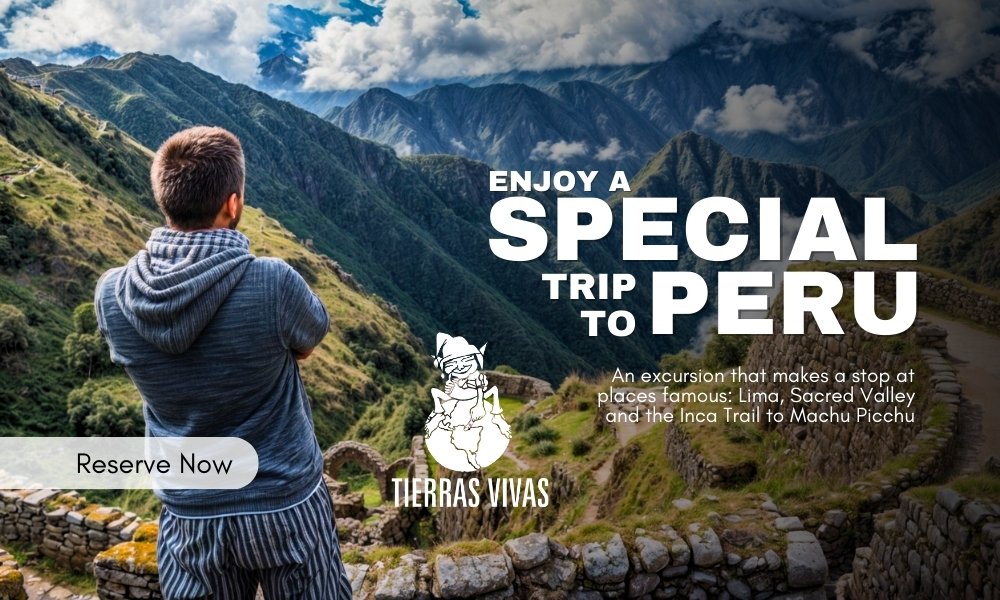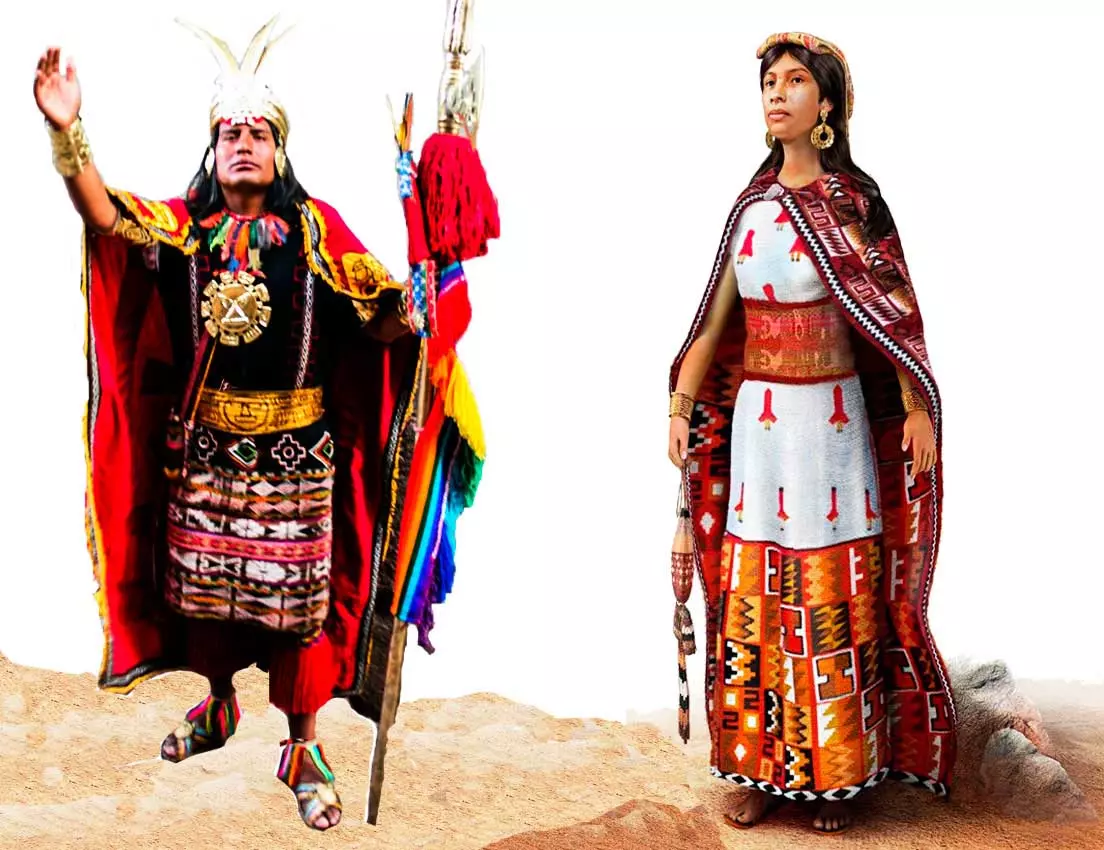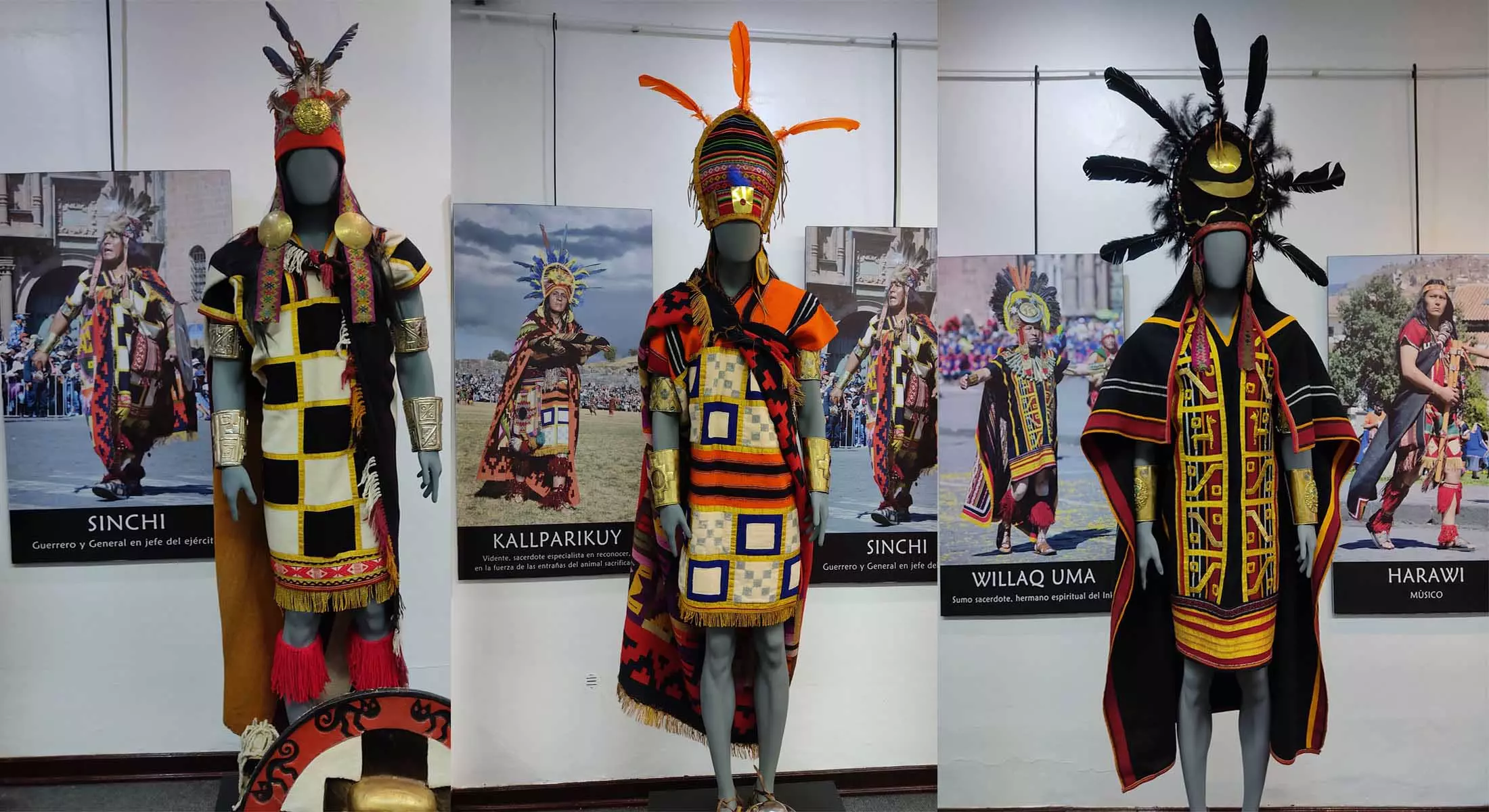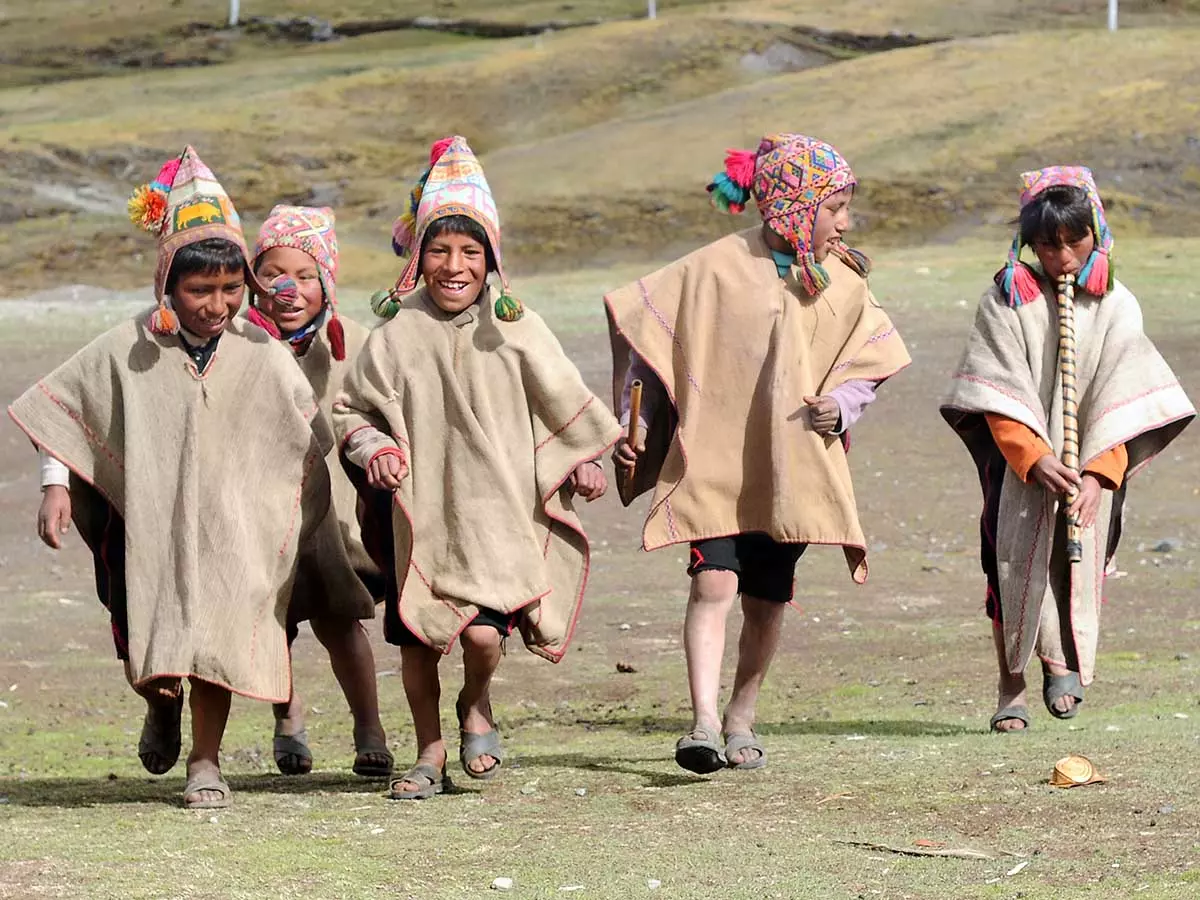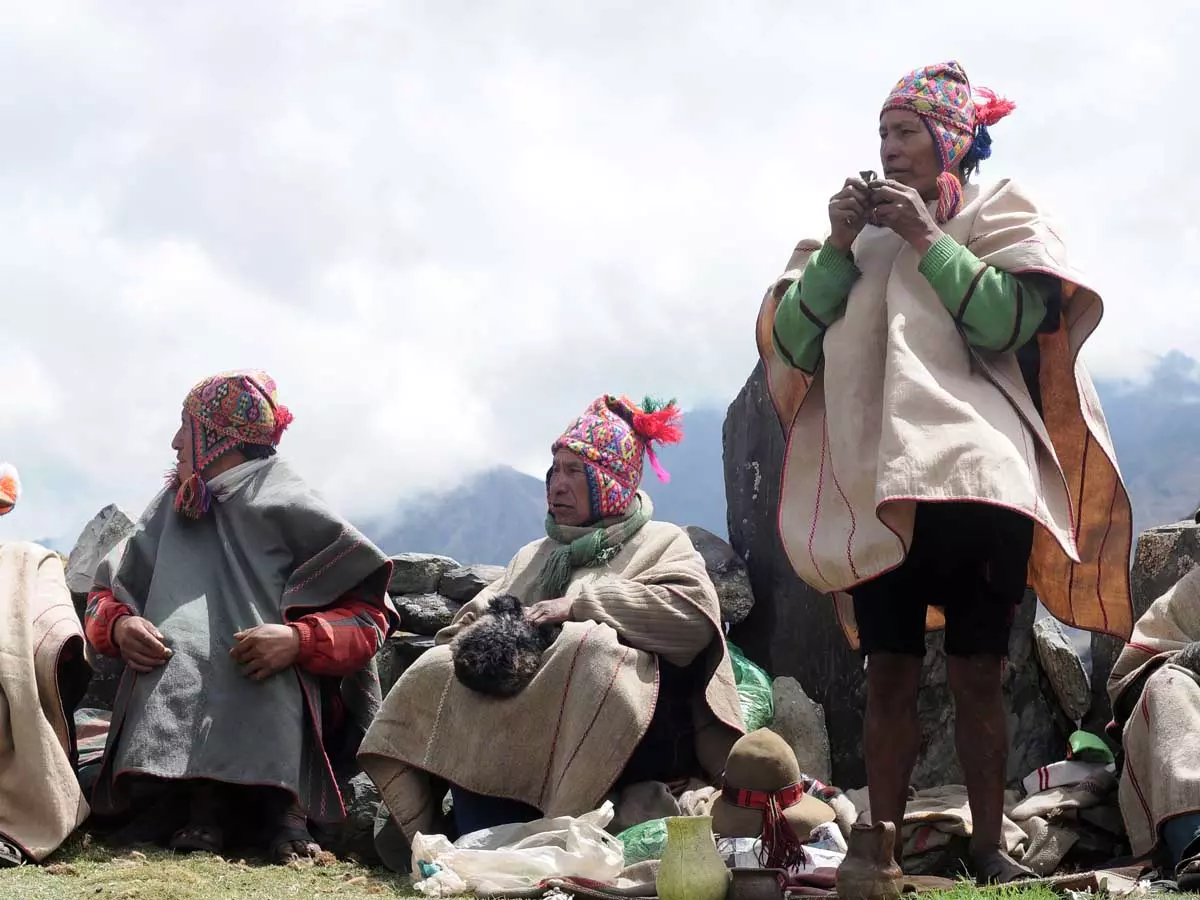Inca trail clothing: What to take to the hike to Machu Picchu
The Inca Trail is one of the most iconic routes to Machu Picchu. Over the years, it has become increasingly popular, inspiring adventure travelers from around the world to take on this legendary route. Today, hikers can choose from several options: the classic four-day Inca Trail, the three-day route, the five-day itinerary, and the six-day version, which combines the Salkantay Mountain region with the traditional Inca Trail. This last option is supported by porters and horses and offers a truly unforgettable experience.
The 4-day Inca Trail remains the most popular option, while the 3- and 5-day routes offer flexibility and extra time to explore Machu Picchu. One of the most common questions travelers ask is, “What clothing should I take for the Inca Trail? Below, you’ll find a complete list of essential clothing items and equipment to help you prepare for this once-in-a-lifetime trek.
Please note that solo trekking is not allowed if you are thinking of hiking the Inca Trail on your own. Since 2002, government regulations have required all hikers to enter with a licensed Inca Trail tour operator. With more than 18 years of experience, Tierras Vivas has guided thousands of travelers, helping them fulfill their dream of reaching Machu Picchu on foot. As a sustainable tour operator, Tierras Vivas works closely with the Responsible People Foundation to support porter communities and contribute to local reforestation efforts. When you book with us, you become part of this positive impact.
What to Take for Your Hike on the Inca Trail
Once you have booked your Inca Trail trek, it’s time to prepare your clothing and gear. Here is a detailed packing guide:
FOR YOUR DUFFEL BAG
- Porters will carry up to 7 kg of your personal items. This weight must include your sleeping bag and air mattress. The two items we provide weigh approximately 3.5 kg.
- 2–3 moisture-wicking T-shirts
- 2–3 hiking pants
- 4 sets of underwear
- 4 pairs of hiking socks
- 1 fleece jacket
- 1 warm down jacket (nights can be very cold)
- 1 waterproof jacket and pants
- 1 sun hat
- 1 wool hat for cold nights
- Headlamp (essential)
- Waterproof gloves (ski gloves are okay)
- Comfortable shoes for camp
- Hiking boots
- Rain poncho or waterproof jacket
- Quick-dry towel (we provide a small one, but you may prefer something larger)
- Small bottle of soap (we provide warm water daily for washing)
- Battery charger/power bank (no electricity on the trail)
- Large plastic bags for organizing clean and dirty clothes
TOILETRIES
- Sunscreen
- Face moisturizer
- Bug repellent
- Hand sanitizer
- Wet wipes
- Toothbrush and toothpaste
- Toilet paper
- Personal medications
- Basic first aid kit (band-aids, moleskin, etc.)
INSIDE YOUR DAYPACK
- Daypacks can vary in size, but smaller is usually better. Inside Machu Picchu, bags larger than 25 L are not allowed; larger bags must be stored at the gate.
- Water (we provide filtered water starting from lunch on Day 1; bring your own water for the first morning)
- Sun hat
- Rain gear
- Fleece or light jacket
- Camera or phone
- Music device (phone/iPod)
- Hand sanitizer
- Toilet paper and small plastic bag for waste
- Extra money for souvenirs, drinks, and tips
- Earplugs
Tierras Vivas Provides for Your Hike to Machu Picchu
Don’t worry about bringing your own camping equipment. Tierras Vivas provides all the essential gear you need for your hike, including:
- Sleeping bag with a liner
- Air mattress with a protective cover for comfortable sleeping in the tent
- A pair of hiking poles
- Hot water bottle for cold nights (you can place it inside your sleeping bag to stay warm)
- Duffel bag for your personal items, which our porters will carry during the hike to Machu Picchu
Inca Clothing
Inca clothing was differentiated, between social classes. It was a symbol of wealth and status. The royal class and noble would wear the finest woolen and brightly colored clothes with dye made from plants. Commonness’s clothes were simple. The male wore a band of cloth around their waist and his and the women wore long cotton dresses. Grave finds and paints especially on pottery vessels provide enormous information on Inca costumes.
General Trends
The Incas naturally wore different clothing depending on the altitude they lived. In the earlier periods, pre-Inca people from the coastal regions used cotton and in the Andean regions, the different ethnic groups used wool. But at a very early time, the trade made both materials available everywhere. By the time Incas settled in the Andes both cotton and wool were available to them. Clothing was of woven or knitted textiles and these were always worn whole, never cut or tailored; they were held together by large metal pins. Clothes varied based on their position in the social structure. The men wore simple tunics reaching just above the waistband. On their feet, they would wear grass shoes, woolen shoes, or leather sandals. The women dressed in ankle-length skirts and usually with a braided waistband. They wore a cap on their head and their hair they pinned a folded piece of cloth.
Inca Emperor
The Inca emperor or Sapa Inca wore stylishly and adorned clothing. the "Acllas" or the chosen women were in charge of making the ruler’s clothes. Only the Inca could wear a headdress with his special fringe of gold and feathers and were of different kinds. Round his head was wreathed a turban of many colored folds, called the "llautu", with a tasseled fringe of a scarlet color, while two feathers were placed upright in it, distinguishing of royalty. His coat was covered with jewels and pieces of turquoise. The Sapa Inca wore gold and jewelry on different parts of his body. He wore heavy gold shoulder pads and heavy gold bracelets and earrings. His shoes were made of leather and fur. He wore a royal shield and a royal badge. The shield on his chest was engraved with a picture of the sun god and the badge was made of hummingbird feathers, framed with gold.
Inca Nobility
The nobility was made up of relatives, by blood or marriage of the Sapa Inca and his wives and sons. The Nobles wore rich and colorful clothing but not as much as the emperor. Their dress was of the finest wool, dyed, and ornamented with gold and other precious stones. Nobles also wore the llautu, with a tasseled fringe. They could also wear feathers of the Corequenque or mountain caracara bird and sometimes clothing made of its feathers. Those birds were reserved for the exclusive purpose of supplying the royal headgear.
Man
The common male attire consisted of a simple tunic (unqo) which was made from a single sheet doubled and sewn together at the sides with openings left for the arms and neck. In colder weather a poncho was worn over the shoulders with two corners tied in front; sometimes this passed under one arm to leave the latter free for activity.
Loincloth, tunic, and poncho were all of the cloth woven with colored ornamentation, the latter of course varying in quality according to the man's social position. Inca sandals were of untanned
llama hide, but sandals of other materials such as braided fiber are known archaeologically from some regions. Every man used a small bag in which he carry his possessions and coca leaves.
Women
Women wore a tunic, reaching to the ankles and tied at the waist by a long, wide woven sash. At the top, it reached to the neck, the upper edges fastened together over the shoulders by long pins and passing under the arms at the sides. On top of the tunic, they wore a mantle over the shoulders and fasten at the front with a large square metal pin known as tupo made of gold or silver. They wore a large piece of folded cloth on the head or headbands but they did not cut their hair but parted it in the middle and wore it hanging down the back; it was cut, however, as a sign of mourning. Their footwear were sandals made of leather, wool, or fiber plants.
Body Adornment
Inca rulers, priests, and warriors used to paint their faces, arms, and legs to indicate their status. The Inca emperor wore woven hats trimmed with gold and wool tassels or topped with plumes, or showy feathers. Men wore feather decorations like headbands made into crowns of feathers, collars around the neck, and chest coverings. In addition, wealthy Inca men wore large gold and silver pendants hung on their chests, disks attached to their hair and shoes, and bands around their arms and wrists. Inca women simply wore a metal fastening for their cloak called a tupu.
Traditional Peruvian Clothing
Each country develops a unique culture and tradition for music, dance, and activities such as farming, fishing, etc, and without a doubt is ALSO characterized by unique clothing. Traditional Peruvian clothing is not a fashion thing, it is part of our culture. A clear example of traditional Peruvian clothing is the classic Peruvian hat called chullo or the poncho, an outer garment worn to keep the body warm, which has become representative symbol of our country and customs.
The tipical closthing of Peru for the women are the following:
- Lliclla
- Chumpi
- Jobona
- Monteras
- Polleras
- Ojotas
The cultural clothing of Peru for men are the follwing:
- Poncho
- Chullo
- Chumpi
- Ojotas
Traditional Peruvian Clothing for women
In the Peruvian Andes, each village has a unique style of clothing that identifies their region. Andean women wear different types of garments such as blankets, tunics, colored hats, capes, shawls, embroidered skirts, and leather sandals. The garments are usually very colorful, bright, and with very original patterns.
LLICLLA
LLiclla is a Quechua word for a type of cape worn by Andean women. It is a woven cloth that covers the back and shoulders and it is fastened at the front using a pin called tupu. It covers the back and shoulders of the women. Llicllas or mantas can also be used for carrying children on the woman's back. Both women and men use these in the same way for carrying a heavy staff.
CHUMPI
Chumpi is a garment used to fasten clothing around the waist. This word comes from the Quechua language meaning belt. Women wear chumps to fasten their skirts or to secure swaddled babies and men to fasten their trousers or as a means of supporting themselves with heavy loads.
JOBONA
The chal is a traditional Peruvian garment for women in the Andean region. It is a wool jacket, decorated with colorful buttons and worn under the lliclla.
MONTERAS
Montera is a typical Peruvian Andean somewhat hard cloth hat, lined with fabric. It can be round or rectangular. It is easily identified the village or the region where the person comes from by looking at the colors or designed of the hat. These hats are combined with a woven strap called Sanq’apa that is usually adorned with white beads. The strap holds the hat under the chin and keeps it steady.
POLLERAS
Polleras are andean typical skirts worn by country women. They are traditionally made of sheep or alpaca wool and are of thick, wide, loose and gathered fabric. The skirts are usually adorned with a colorful band called Puyto. As with other Andean clothing, they often indicate a woman’s origing as well as her social status.
OJOTAS
Usuta or Ushuta is the most common footwear worn in the Andean region since pre-inca times. The ushutas has a leather sole or vegetable fiber whith three straps attached to the sole, two for the heel and one that passes between the big toe and index toe or were entirely wool-knitted like a mocassin.
Traditional Peruvian Closthing fo Men
Andean men’s clothing has undergone cultural changes than women’s clothing. But older men are still faithful to their traditions and culture, for which they are often seen wearing ponchos, chullos, and knitted pants among other traditional Peruvian clothing. And young men only wear traditional during local festivals.
PONCHO
If you are planning a trip to Peru, you will most likely see most of the locals wearing a Poncho. It is a folded piece of fabric (or two pieces of fabric joined together) designed to be worn over the head or wrapped around the body. It’s one of the oldest forms of alpaca clothing that exists. The designs, colors, and patterns vary from village to village so they are instantly recognizable to the others in the region.
CHULLO
The chullo is the iconic Andean hat with earflaps to keep warm in the cold. It is made by hand from wool of sheep, Llama, Alpaca. The thickly -knit hat insulates from the harsh weather. They fulfill a purpose, which is to identify the characters of the andean population. Depending on the place where they are made, colours, figures, motives and shapes are in harmony with the traditions and local uses.
The Most Traditional Destinations to See the Peruvian Clothing
Many are the routes that take you to see the Peruvian clothing, but none is like the Inca Trail Tours, the most famous pedestrian path in the Americas. After flying from the capital of Peru, Lima, you will arrive in Cusco to walk for four days along a path through forests and dense fog, millenary stone steps and discovering the ruins of ancient fortifications and Inca cities, and all the time enjoying majestic views. Also, you can do the hike to Ollantaytambo, Rainbow Mountain, Ausangate or Lares Trek, in these destinations, you will appreciate the three typies of the traditiona Andean clothing based on sheep, llama and alpaca wool.
Machu Picchu tours from Lima is the best option trip for you, in these travels will permit to have enough time to explore the cities to discover the Peru clothes.
- 4 Day Inca Trail - Cusco
- Salkantay Trek - Cusco
- Machu Picchu - Cusco
- Inca Quarry Trail - Cusco
- 2 Day Inca Trail - Cusco
- Tambopata - Madre de Dios
- Titicaca Lake - Puno
- Cordillera Blanca - Huaraz
- Colca Canyon - Arequipa
- Manu Explore - Cusco
- Kuelap Hike - Amazonas
- Amazon Rainforest - Iquitos
The Best Adventure Holidays in Peru
Once the pandemic is over, we recommend visiting Peru, as it offers the best Adventure Tours for your holidays.
- Inti Raymi Peru
- Inca Trail and Amazon Rainforest (11 Days/10 Nights)
- Amazon to Salkantay Trek (11 Days/ 10 Nights)
- Inca Trail Expedition (11 Days/10 Nights)
- Inca Path Peru (9 Days/ 8 Nights)
- Machu Picchu and Amazon Tours (11 Days/10 Nights)
- Chachapoyas Tour (10 Days/ 9 Nights)
- 2 Day Inca Trail with Camping
- Short Inca Trail
- 2 Day Machu Picchu Tour from Lima
- 3 Day Inca Trail
- 3 Day Rainbow Mountain to Inca Trail
- 3 Day Sacred Valley to Inca Trail

